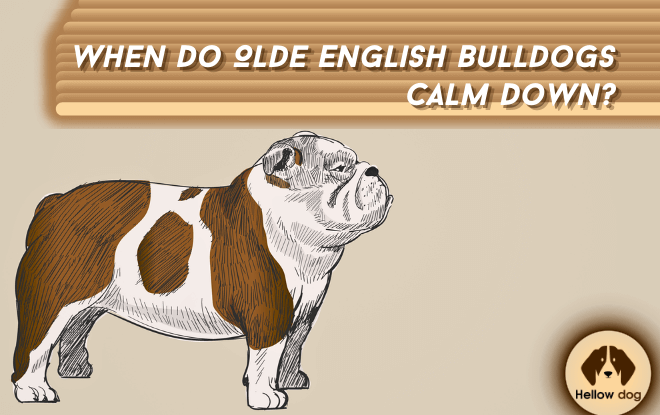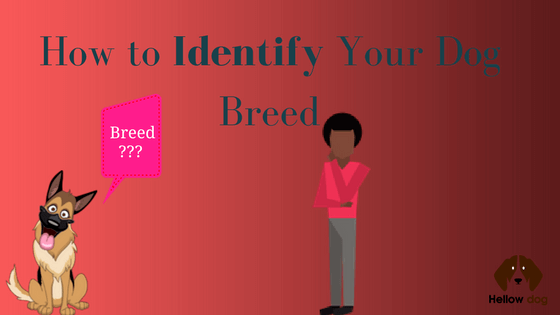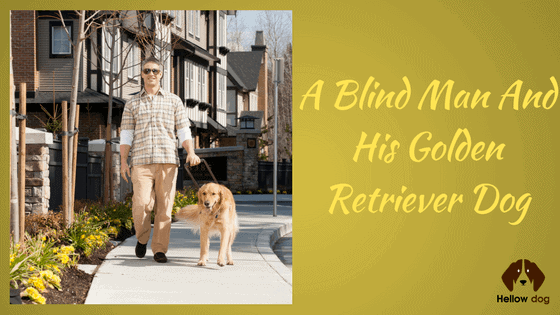Olde English Bulldogs, known for their unique charm and distinctive appearance, are a beloved breed among dog enthusiasts. If you’re considering bringing an Olde English Bulldog into your family, you might wonder about their energy levels and behavior as they age. In this article, we’ll explore the question: When do Olde English Bulldogs calm down? Additionally, we’ll touch upon the topic of whether they are olde english bulldogs aggressive.
Understanding Olde English Bulldogs
These dogs are known for their muscular build, loose skin, and wrinkled face. They have a sweet disposition and are generally affectionate and loyal to their owners. However, like all dogs, they go through different stages of development.
Puppyhood Energy
When you first bring an Olde English Bulldog puppy home, you’ll likely experience their boundless energy. Puppies, in general, are known for their playfulness, and Olde English Bulldogs are no exception. During this stage, they are curious, adventurous, and full of enthusiasm.
Adolescence: The Active Phase
As Olde English Bulldogs transition into adolescence, typically between 6 to 12 months of age, their energy levels remain high. This stage is often characterized by a combination of playfulness and stubbornness. Training and socialization are crucial during this time to ensure they grow into well-behaved adults.
Adulthood and Calmness
The good news for potential Olde English Bulldog owners is that as they enter adulthood, usually around 18 months to 2 years old, they start to calm down. This is when their energy levels begin to stabilize. However, it’s essential to note that individual differences exist, and some Olde English Bulldogs may retain more energy than others even in adulthood.
Factors Affecting Calmness
Several factors influence when an Olde English Bulldog will calm down:
Genetics
The dog’s genetics play a significant role in determining its energy levels and behavior. Some Olde English Bulldogs may inherit a more relaxed temperament from their parents, while others may have a zest for life.
Health and Behavior in Olde English Bulldogs
Besides age, a Bulldog’s overall health can significantly impact their behavior and energy levels. It’s vital for Olde English Bulldog owners to be aware of common health issues associated with this breed to ensure their pets lead happy and comfortable lives.
- Common Health Concerns
Brachycephalic Syndrome: Olde English Bulldogs have short noses, making them prone to brachycephalic syndrome. This condition can cause breathing difficulties, which might affect their energy levels and playfulness. Keeping your Bulldog cool and avoiding strenuous exercise during hot weather can help alleviate these issues.
Hip Dysplasia: Hip dysplasia is a common ailment in many large breeds, including Olde English Bulldogs. It can lead to discomfort and decreased mobility, affecting their activity levels. Regular veterinary check-ups and maintaining a healthy weight can help manage this condition.
Skin Issues: Due to their loose skin, Bulldogs are susceptible to skin fold dermatitis and yeast infections. These conditions can cause discomfort and may impact their behavior. Proper skin care and hygiene are crucial to prevent these issues.
Allergies: Bulldogs are prone to allergies, which can manifest as itching, rashes, or gastrointestinal problems. Allergic reactions can make them irritable and less active. Identifying and addressing allergens in their environment or diet is essential.
Transitioning to a Calm Household
As your Olde English Bulldog matures and settles into a more calm and composed demeanor, it’s essential to make adjustments to accommodate their needs.
Here are some tips for transitioning to a calm household:
Comfortable Resting Areas
Provide your Bulldog with comfortable resting areas around the house. Bulldogs enjoy lounging, and having cozy spots to relax can help them unwind.
Consistent Routine
Dogs thrive on routine. Establish a consistent daily schedule for feeding, exercise, and sleep. Predictability can contribute to a sense of calm in your Bulldog’s life.
Ongoing Socialization
Even as they age, it’s essential to continue socializing your Bulldog with other dogs and people. Maintaining positive interactions can ensure they remain well-adjusted and friendly.
Regular Veterinary Check-Ups
Regular veterinary check-ups are crucial to monitor your Bulldog’s health, especially as they age. Addressing any health concerns promptly can prevent discomfort and behavioral changes.
Patience and Understanding
Finally, remember that every dog is unique. Some Olde English Bulldogs may calm down earlier than others, while some may retain their playful spirit throughout their lives. Patience and understanding are key to nurturing a loving and harmonious relationship with your Bulldog.
Exercise and Activity
Regular exercise is essential for any dog breed. Adequate physical and mental stimulation can help channel their energy in a positive way. A well-exercised Olde English Bulldog is more likely to exhibit calm behavior.
Training and Socialization
Proper training and socialization from an early age can have a significant impact on an Olde English Bulldog’s behavior. Positive reinforcement training methods can help inculcate good manners and reduce hyperactivity.
Neutering or Spaying
Spaying or neutering your Olde English Bulldog can sometimes influence their behavior. It can help reduce hormonal-driven behaviors and may contribute to a calmer disposition.
Addressing Aggression
Now, let’s address the question of whether Olde English Bulldogs are naturally aggressive. It’s important to note that aggression in dogs can stem from various factors, including genetics, upbringing, and socialization.
Early Socialization
To prevent any aggressive tendencies, it’s crucial to socialize your Olde English Bulldog from an early age. Exposing them to various people, animals, and environments can help them develop into well-adjusted and non-aggressive adults.
Professional Guidance
If you notice aggressive behavior in your Olde English Bulldog, it’s advisable to seek professional guidance from a veterinarian or dog behaviorist. They can provide tailored advice and training techniques to address any issues.
FAQs (Frequently Asked Questions)
Do Olde English Bulldogs require a lot of exercise?
Olde English Bulldogs do need regular exercise, but their activity level decreases as they age. A daily walk and playtime are usually sufficient for adult Bulldogs.
Are Olde English Bulldogs good with children?
Yes, they are known for their gentle and affectionate nature, making them excellent family pets. However, supervision is essential when interacting with young children.
At what age should I start training my Olde English Bulldog?
Training should begin early, ideally during puppyhood. Consistent and positive reinforcement methods work best.
Can spaying or neutering affect an Olde English Bulldog’s behavior?
Spaying or neutering can sometimes contribute to a calmer temperament by reducing hormonal-driven behaviors.
How can I prevent aggression in my Olde English Bulldog?
Early socialization, proper training, and seeking professional guidance if needed are key steps to prevent aggression in Olde English Bulldogs.
Are Olde English Bulldogs Aggressive?
Olde English Bulldogs are not typically considered an aggressive breed. They are known for their friendly and affectionate nature. However, like all dogs, individual temperament may vary, and some Olde English Bulldogs may exhibit aggression if not properly trained and socialized.
Conclusion
Olde English Bulldogs typically calm down as they transition from puppyhood to adulthood, which generally occurs around 18 months to 2 years of age. However, individual variations exist, and factors such as genetics, health, and training play a significant role in their behavior.
By providing proper care, attention, and addressing any health concerns, you can help your Olde English Bulldog lead a happy and calm life. Remember that the journey from a playful puppy to a composed adult is unique for each Bulldog, and it’s all part of the joy of owning this remarkable breed.







